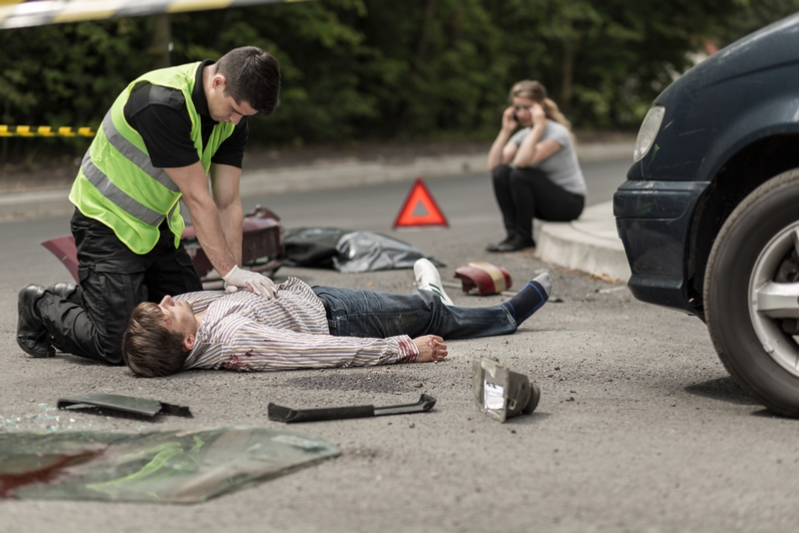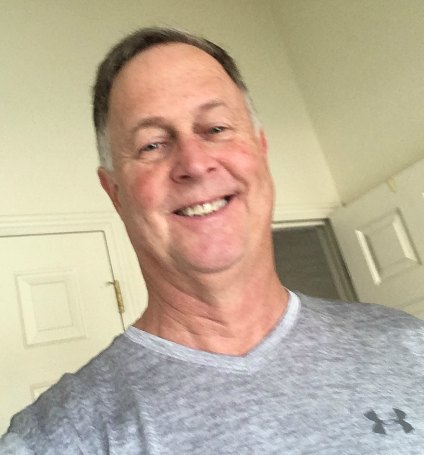
A Red-Hot Spotlight Must Burn Instead on the Real Problem of Teenage Drinking
Written by Jeff Rogers, Posted on
A Red-Hot Spotlight Must Burn Instead on the Real Problem of Teenage Drinking
by Jeff Rogers
The Kavanaugh hearing certainly put a hot spotlight on teenage drinking, and experts warned: ‘Adolescent drinking is a problem.’ But the real truth is that the light of close scrutiny must be turned up to ‘red hot’ on the real problem: ‘adolescent drinking has always been a problem.’
“With a party involving teen drinking serving as the backdrop of sexual assault accusations examined in confirmation hearings for U.S. Supreme Court nominee Brett Kavanaugh, experts say alcohol use among young people remains a pervasive problem that should not be minimized.”
Kate Thayer, Chicago Tribune
That’s a true but also a so sad understatement. Didn’t you hear the resounding “Duh!” echoing across the nation this past week from every person who has ever been a teenager?
Since the invention of alcohol for drinking in India, 3000 B.C., teenagers, I’m pretty sure, have been sneaking it and consuming it in vast quantities. The Babylonians worshipped the goddess of wine as early as 2700 B.C., and my guess is their teens did some heavy worshipping of their own. Right?
“…people aged 12 to 20 years drink 11% of all alcohol consumed in the United States (10.8 million teens).”
Centers for Disease Control, 2018
So, what’s already been done to address this ongoing problem? Does it matter? Whatever has been done to curb or eliminate the problem of teenage drinking has not worked. Just saying “no” went over big, didn’t it?. Making it a crime, punishable by the loss of a driving license, really made a dent.
“More than 90% of [the] alcohol consumed [by teens] is in the form of binge drinks.”
Centers for Disease Control, 2018
Binge drinking is when people consume 4-5 or more drinks of alcohol in 2 or fewer hours. During this short period of time, drinkers bring their blood alcohol concentration (BAC) to 0.08 grams present or above, which, if not considered legally drunk, is most certainly considered medically inebriated.1
“On average, underage drinkers consume more drinks per drinking occasion than adult drinkers.”
Centers for Disease Control, 2018
Binge drinking leads to, besides retching up your guts, car crashes, falls, burns, poisoning, homicide, risky sexual behavior, violence, sexual assault, transmitted diseases, miscarriage, fetal alcohol disorders, high blood pressure, stroke, heart disease, liver disease, memory and learning problems, and alcohol dependence.1
Binge drinking and resulting consequences cost the United States more than $191billion a year, which includes the results listed previously, as well as losses in workplace activity and other related expenses. Drinking too much overall costs this country more than $250 billion each year.1
Is what The Community Preventive Services Task Force is doing enough? They recommend we do the following sooner than later:
- Increase alcohol taxes
- Limit the number of retail alcohol outlets
- Hold alcohol retailers responsible for harms caused by illegal consumption
- Restrict access to alcohol by limiting the days it is available
- Enforce laws against underage drinking
- Eliminate privatization of alcohol sales
- Frequently screen for alcohol use and abuse
- Mandatory counseling for alcohol use and abuse
Can more be done? Do we have enough guns out and pointed at what the real enemy is? Do we even know what or who the real culprit is?
“Underage drinking is everyone’s problem.”
U.S. Surgeon General
According to the U.S. Surgeon General, every community in America must rise up and take responsibility for underage drinking, working together to help teens “feel good about themselves without drinking.” Each community must send a clear message and follow up with consistent consequences that “underage drinking is not okay.”2
Families can help too. Each family can work to prevent underage drinking in their own homes. They can teach and model responsible behavior. They can restrict teen access to alcohol in their own homes…and other teen’s homes.2
How about you? What can you do? Think about it? You yourself can either be part of helping the teens in your life make the right choices about alcohol, or you can be an accomplice to the mayhem that continues to be unleashed in home after home, community after community, and state after state.
Why is this a big deal to me? As a parent, I have seen up close and personal what damage underage drinking does. I have personally lifted my own child out of a gutter who would have otherwise died. A stranger saw what was going on in his neighborhood, found out my daughter’s cell phone number, and called my wife and me. We thought she was at a sleepover.
As a school educator for the last 3 decades, I have experienced the toll that underage drinking takes. A student in one of my classes went to a party, got drunk, got raped, then killed, presumably to silence her forever. She was 12 years old.
As a parent, I talked to my daughter every day about making good decisions. I checked on her frequently. I screened the friends she hung out with. It still wasn’t, obviously, enough.
As a teacher and school principal, I provided programs about drinking and drug abuse for my students. Dramatic theater troupes were a frequent staple at all my schools. But even programs like “Every 15 Minutes,” didn’t turn the tide. I lost students in car accidents immediately following such dramatizations.
If I realized anything as a parent and an educator, I realized I could not make the needed difference on my own. It really does take a “village,” and even more. So let’s together make this epidemic a top priority, and beginning right now, let’s make this a permanent footnote in the history of this country. Ready?
1 “Binge Drinking,” National Institute of Alcohol Abuse and Alcoholism (NIAAA), 2018.
2 “To Prevent and Reduce Underage Drinking,” U.S. Surgeon General, 2018.
